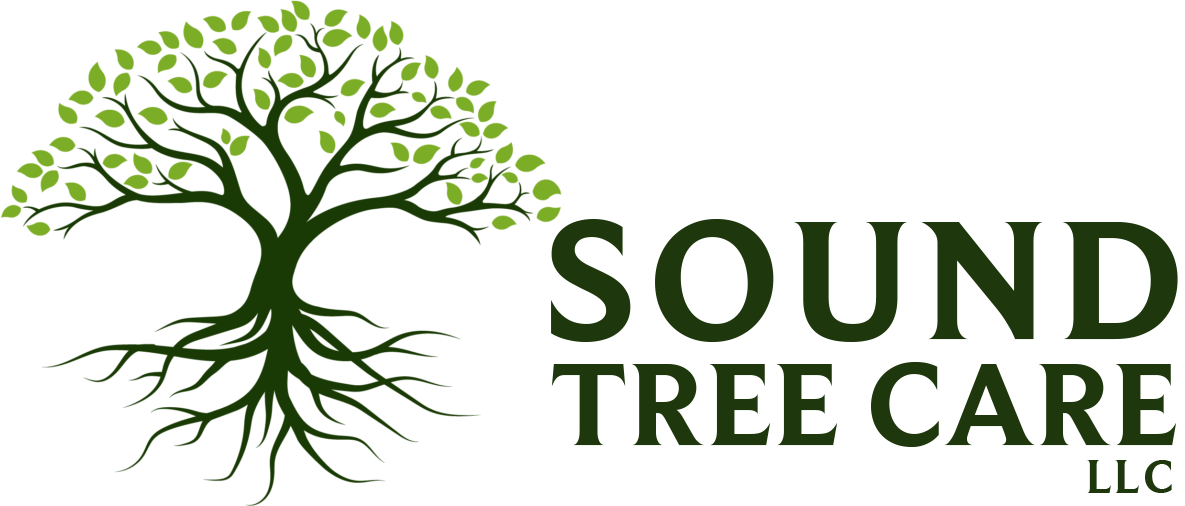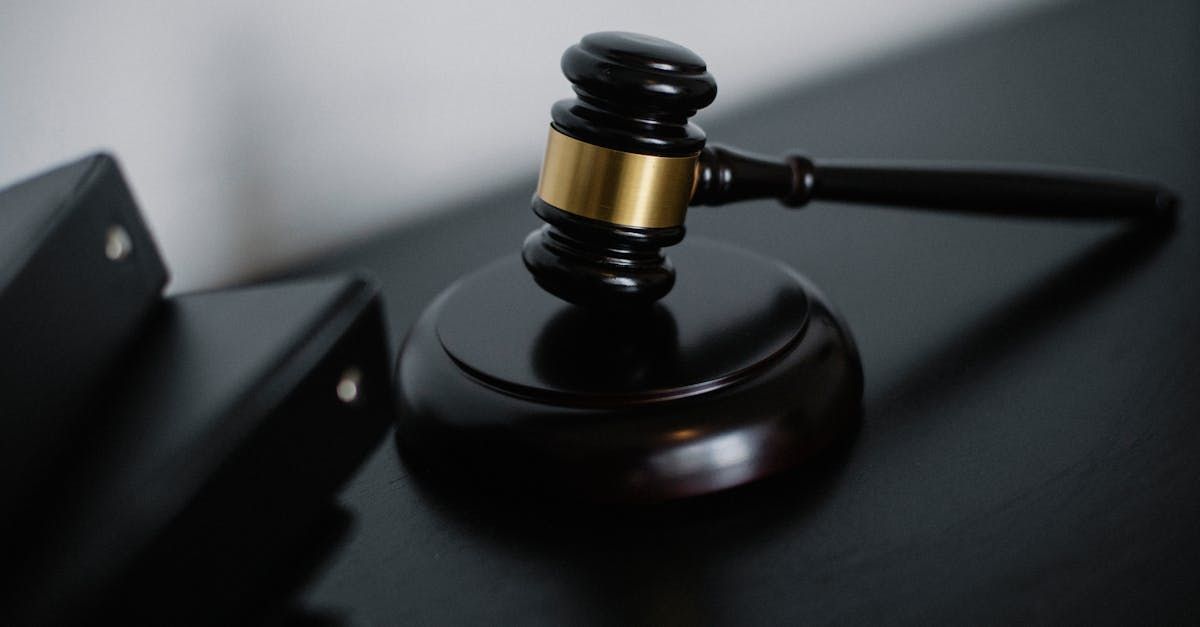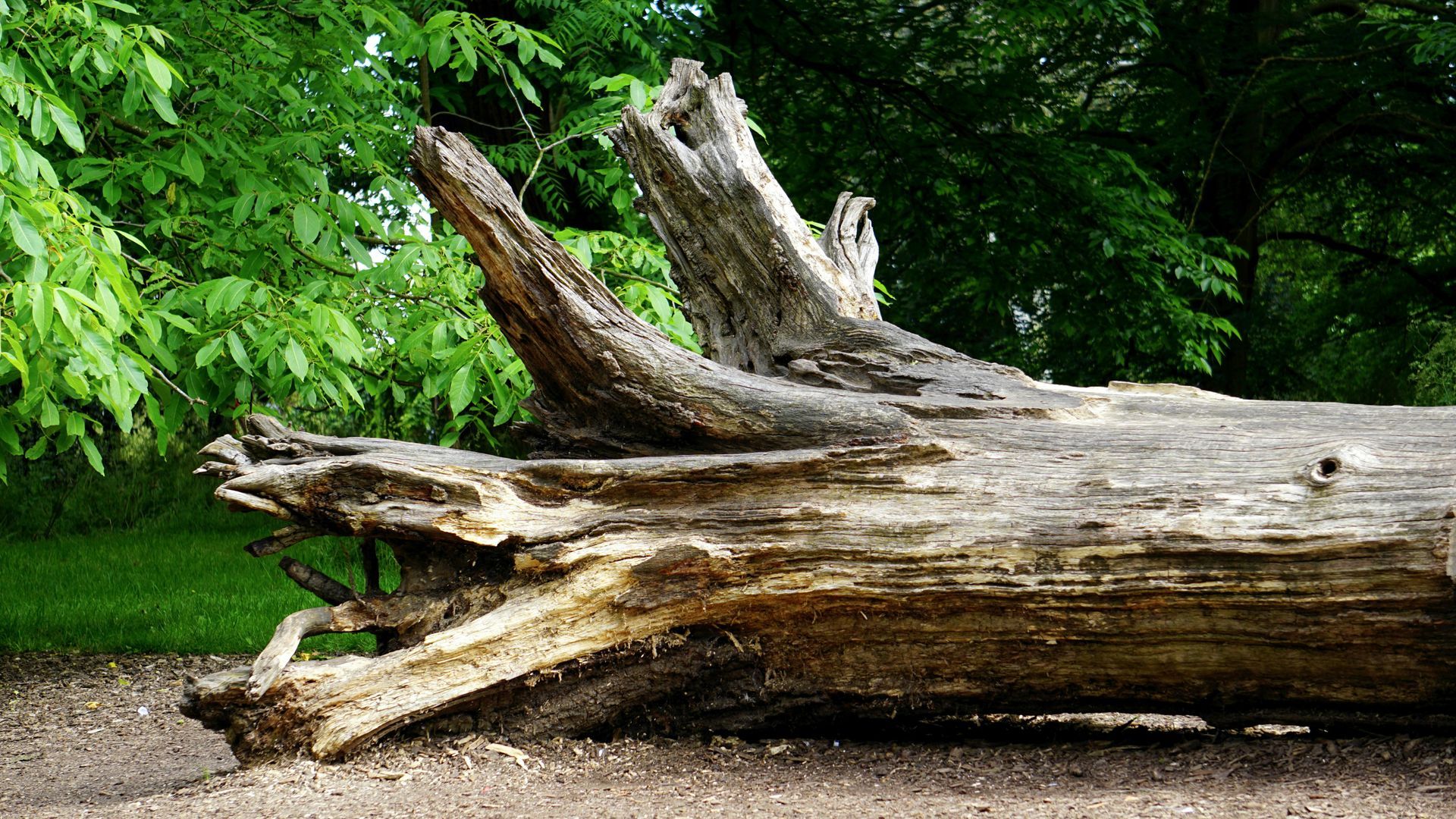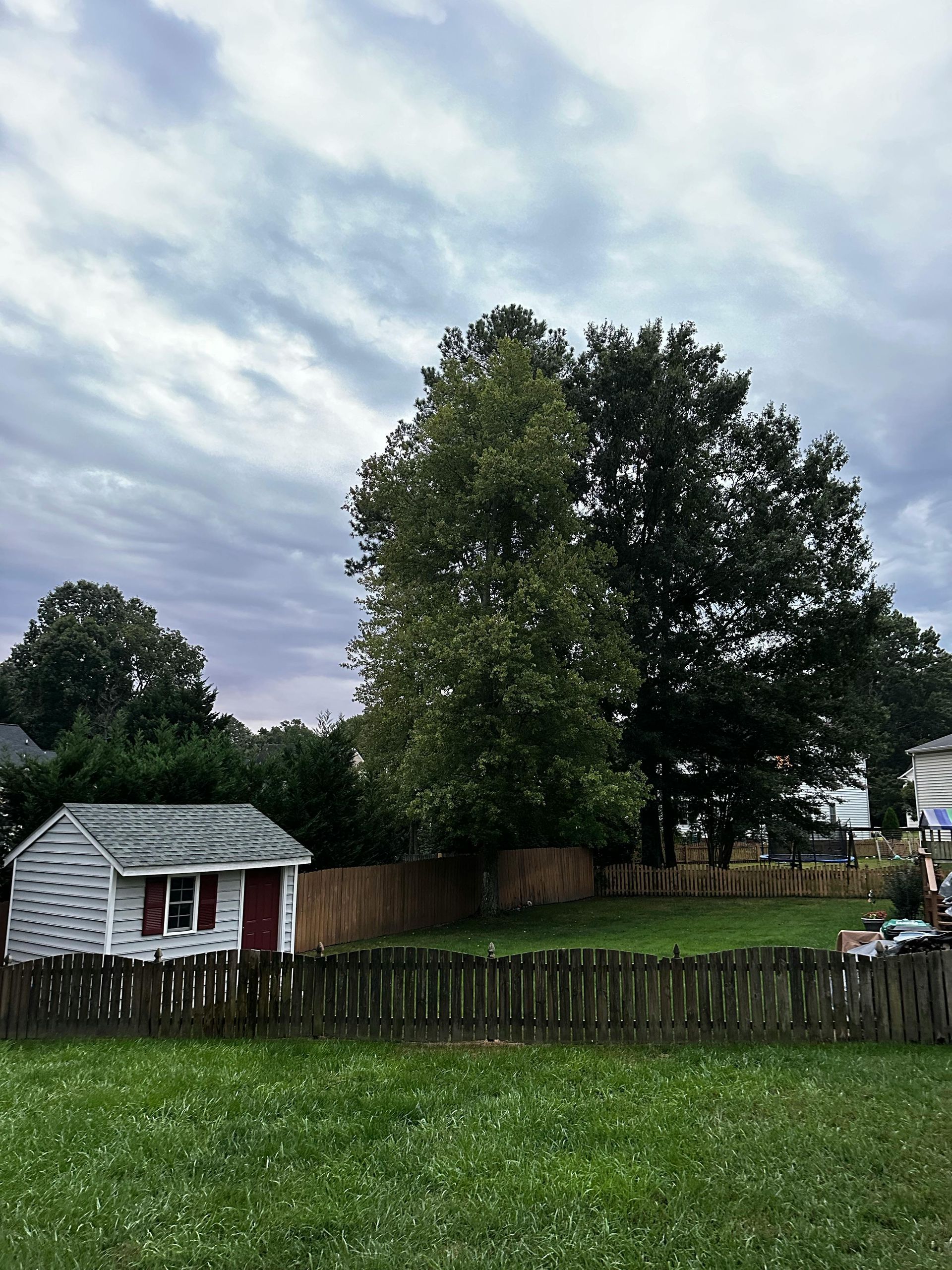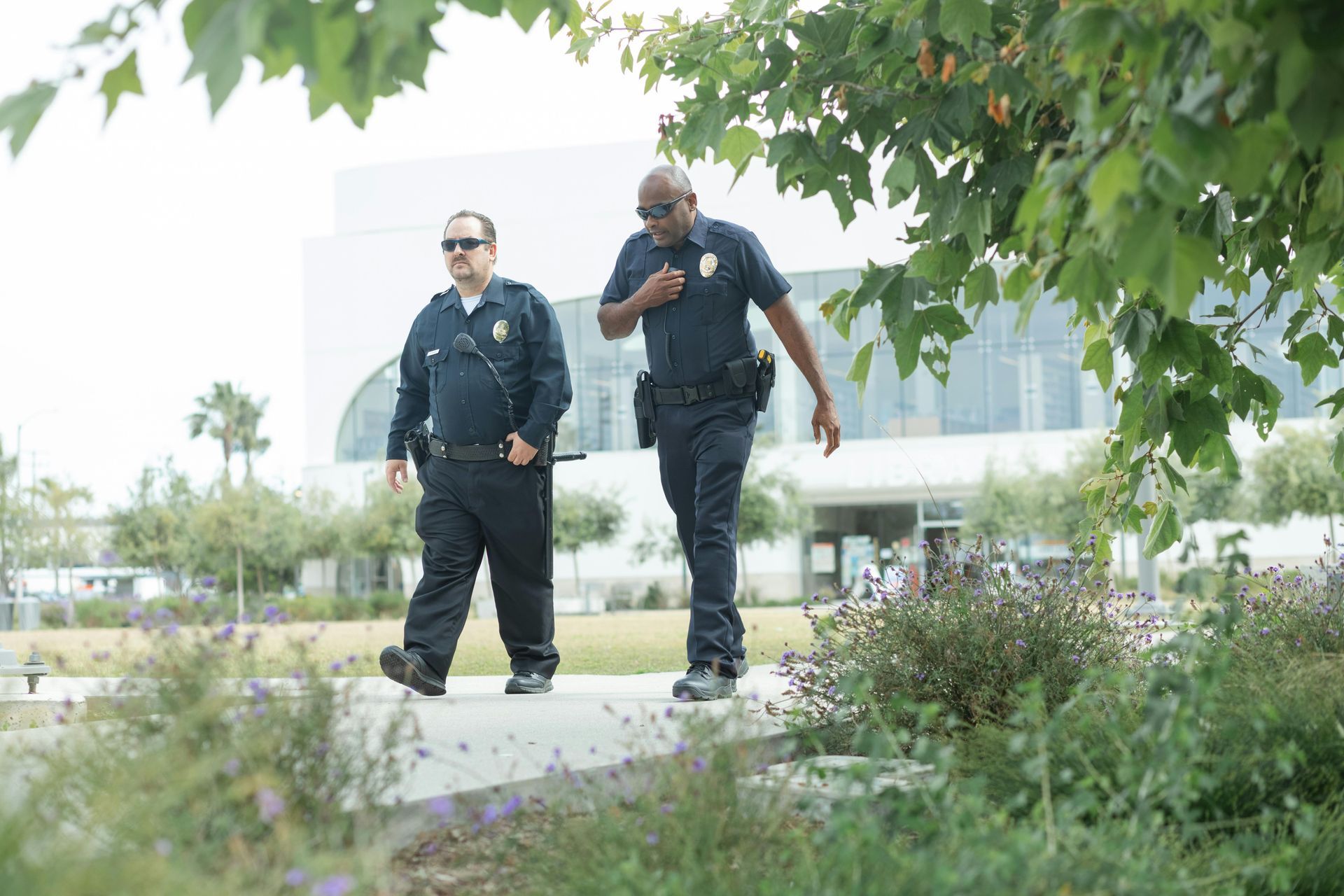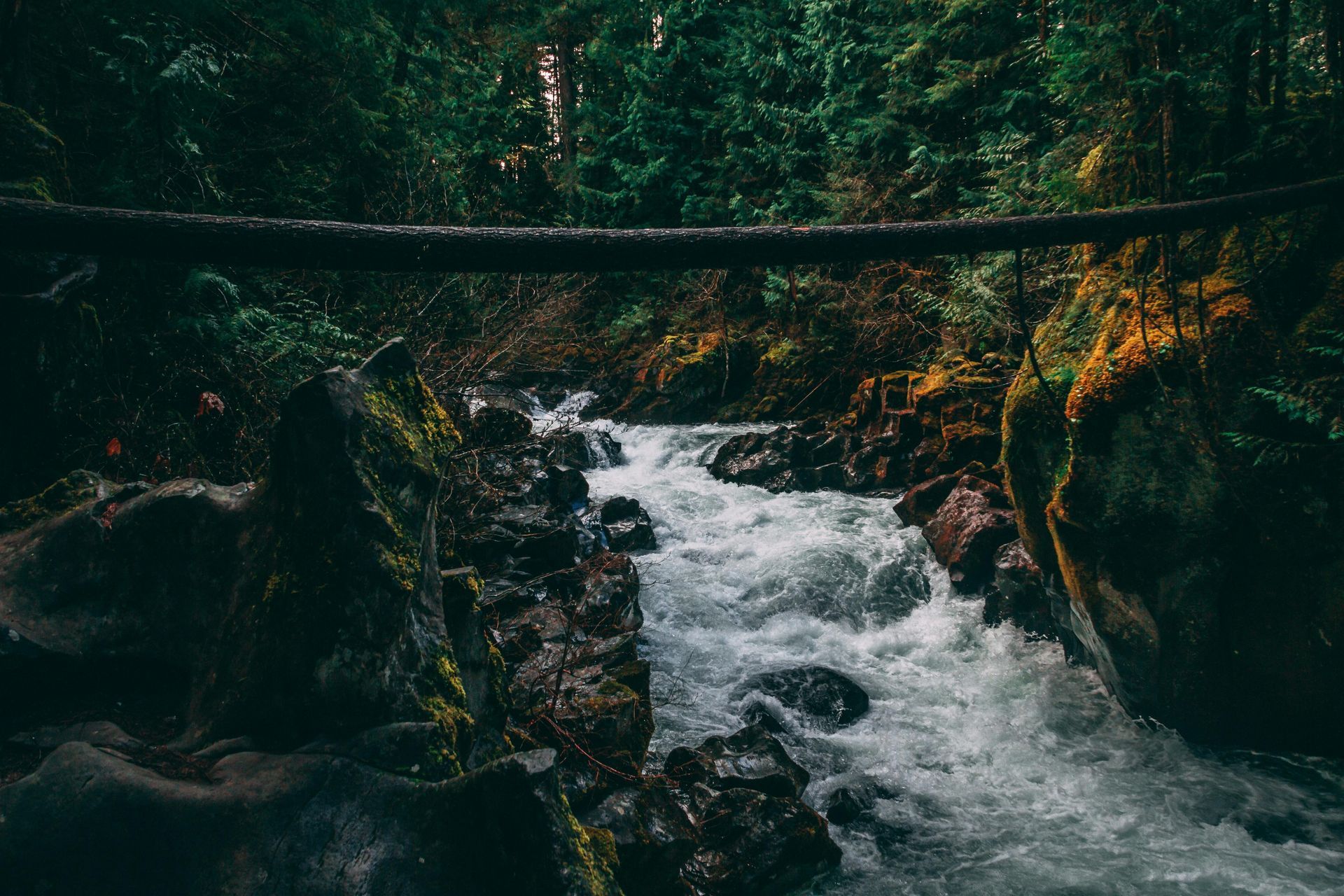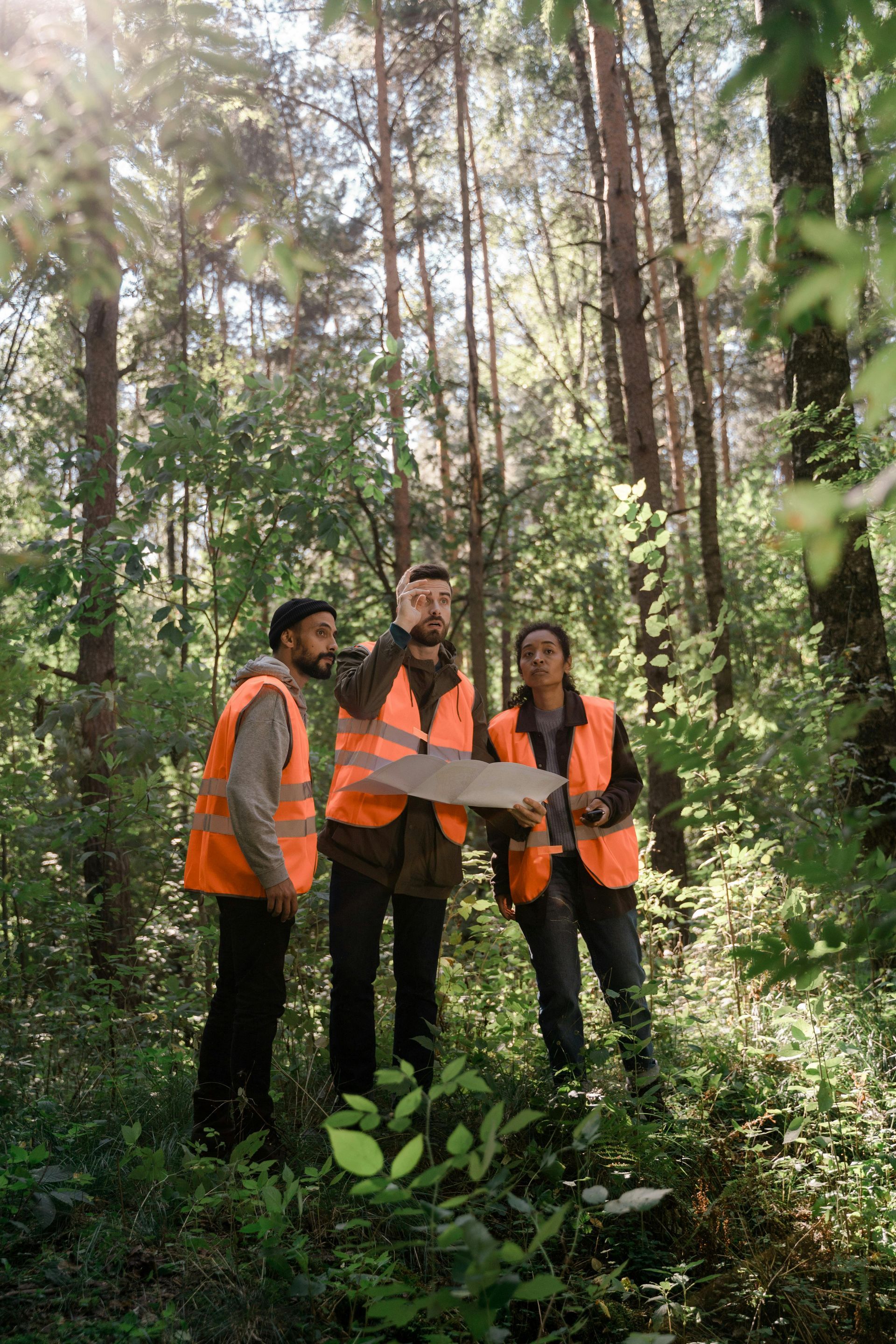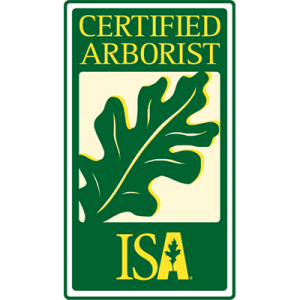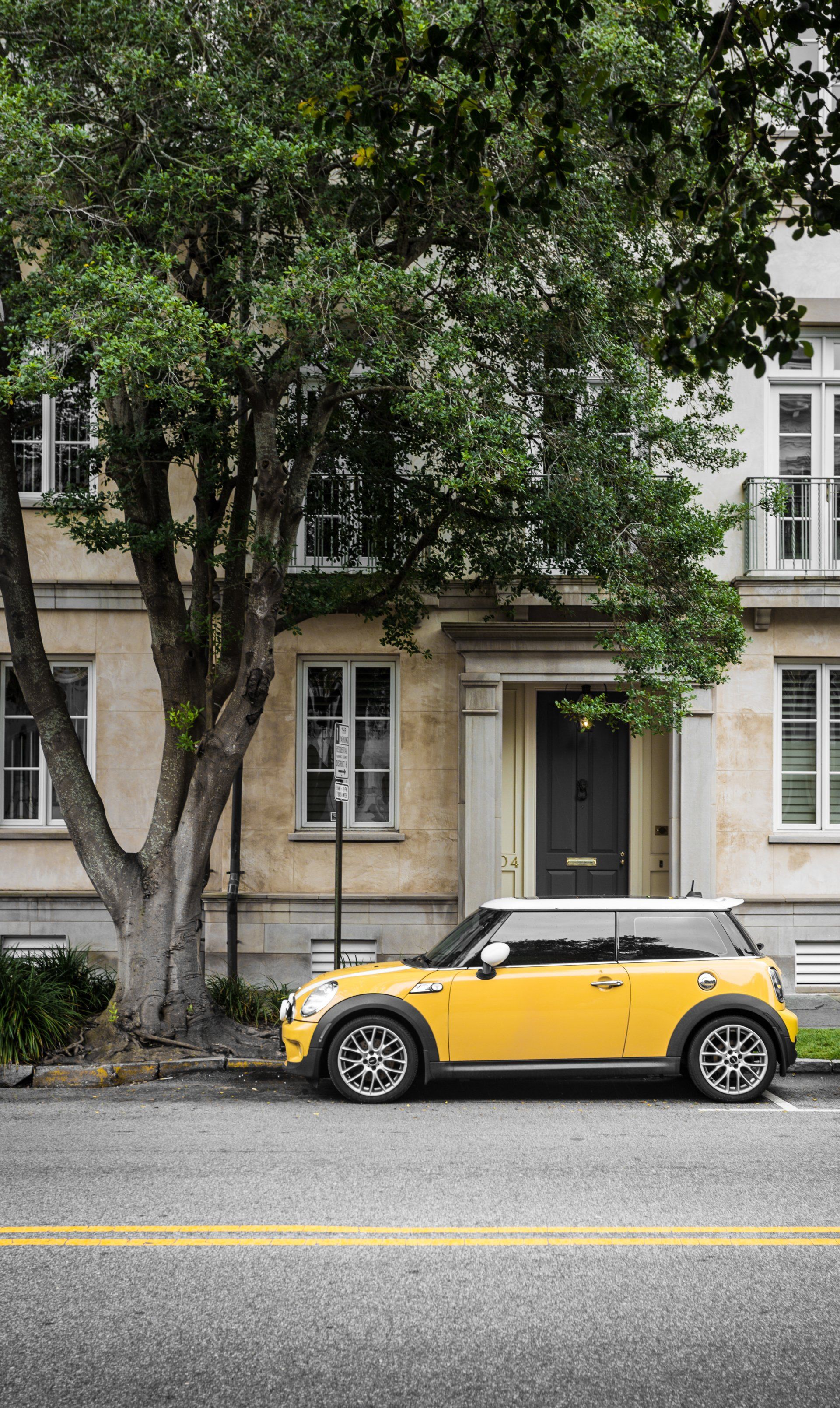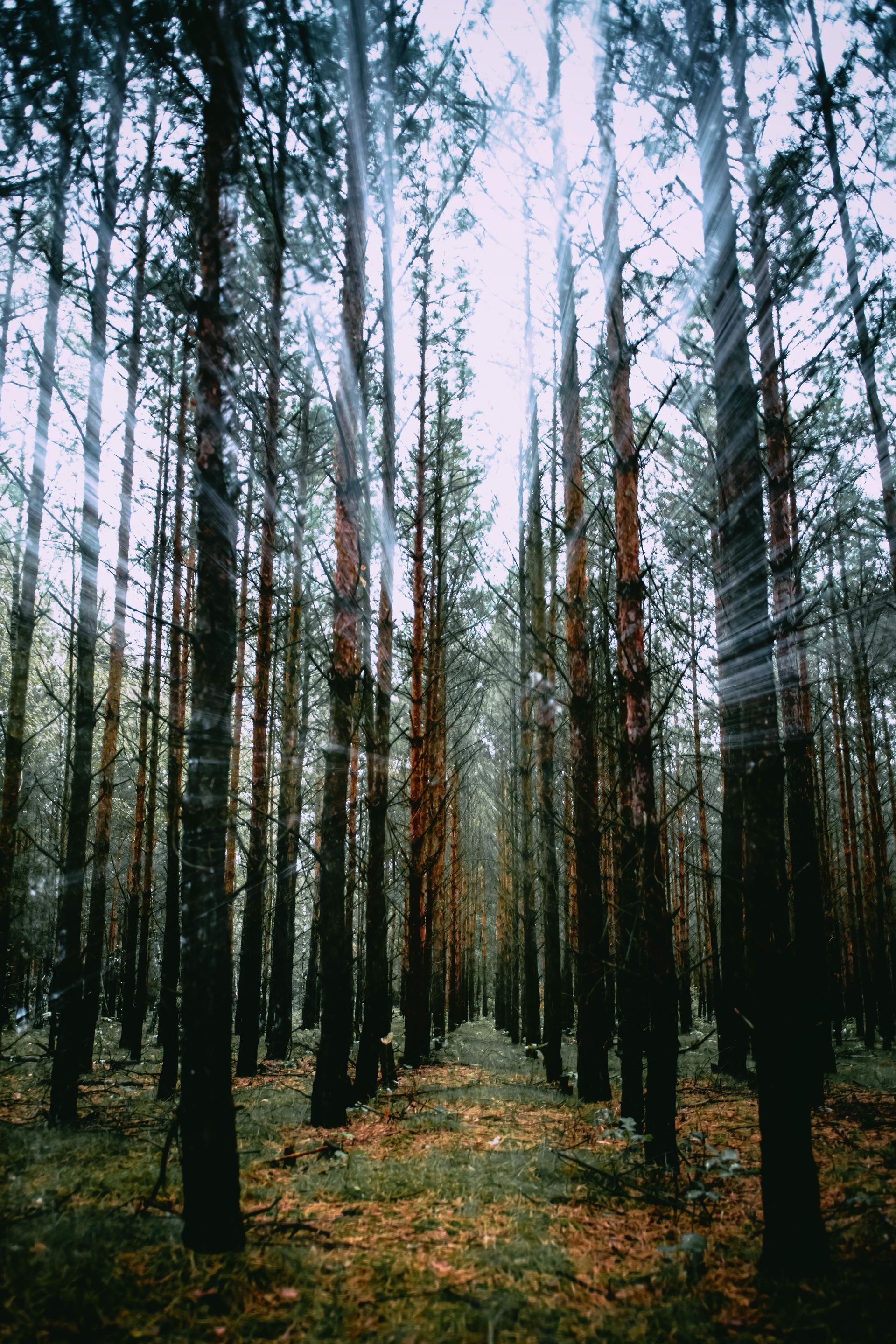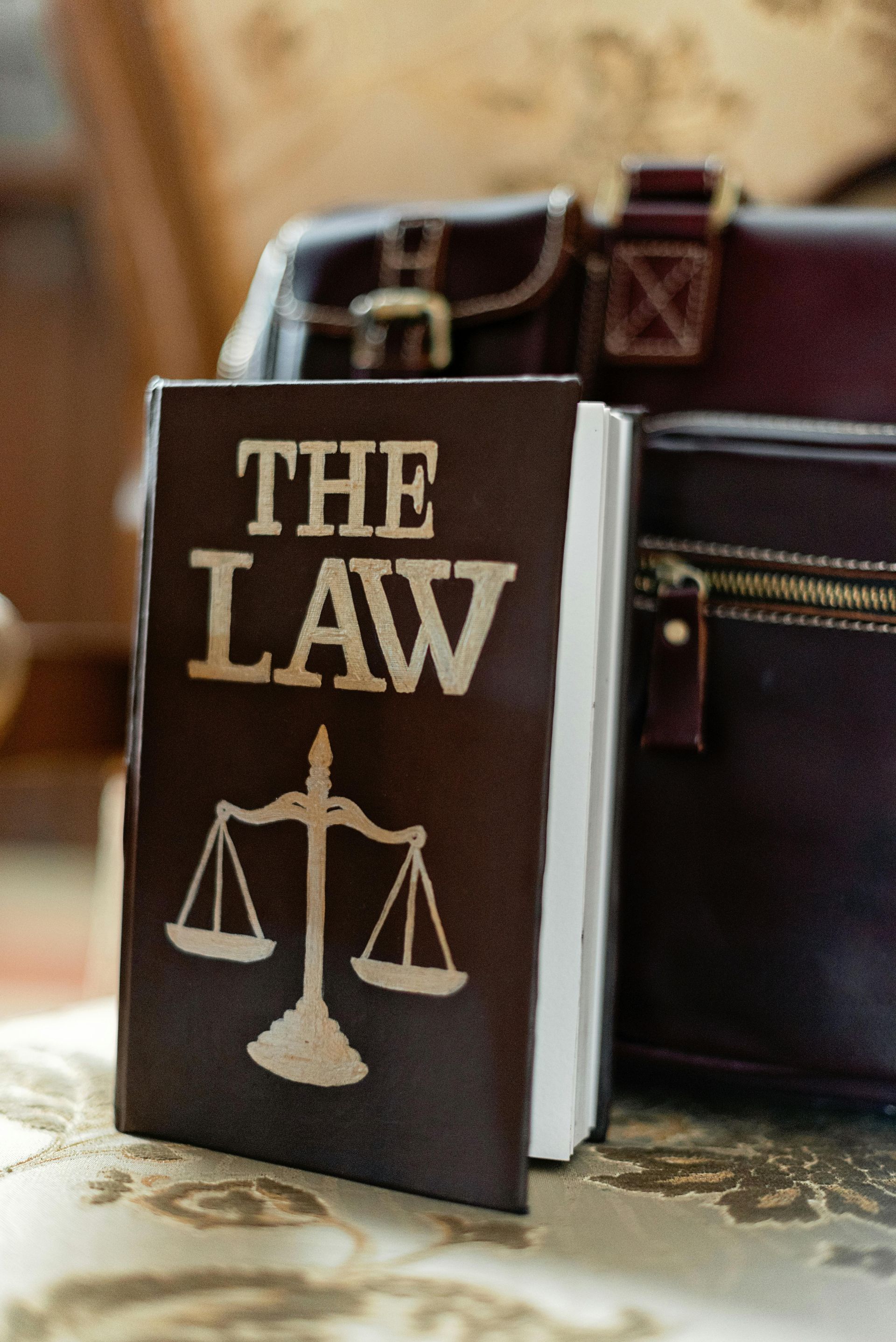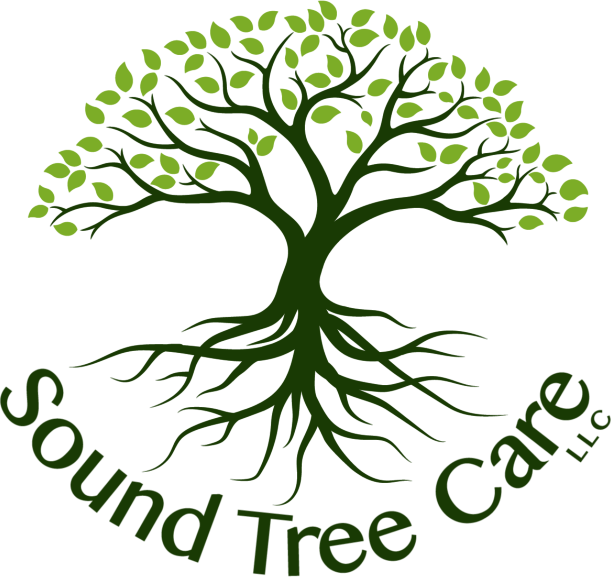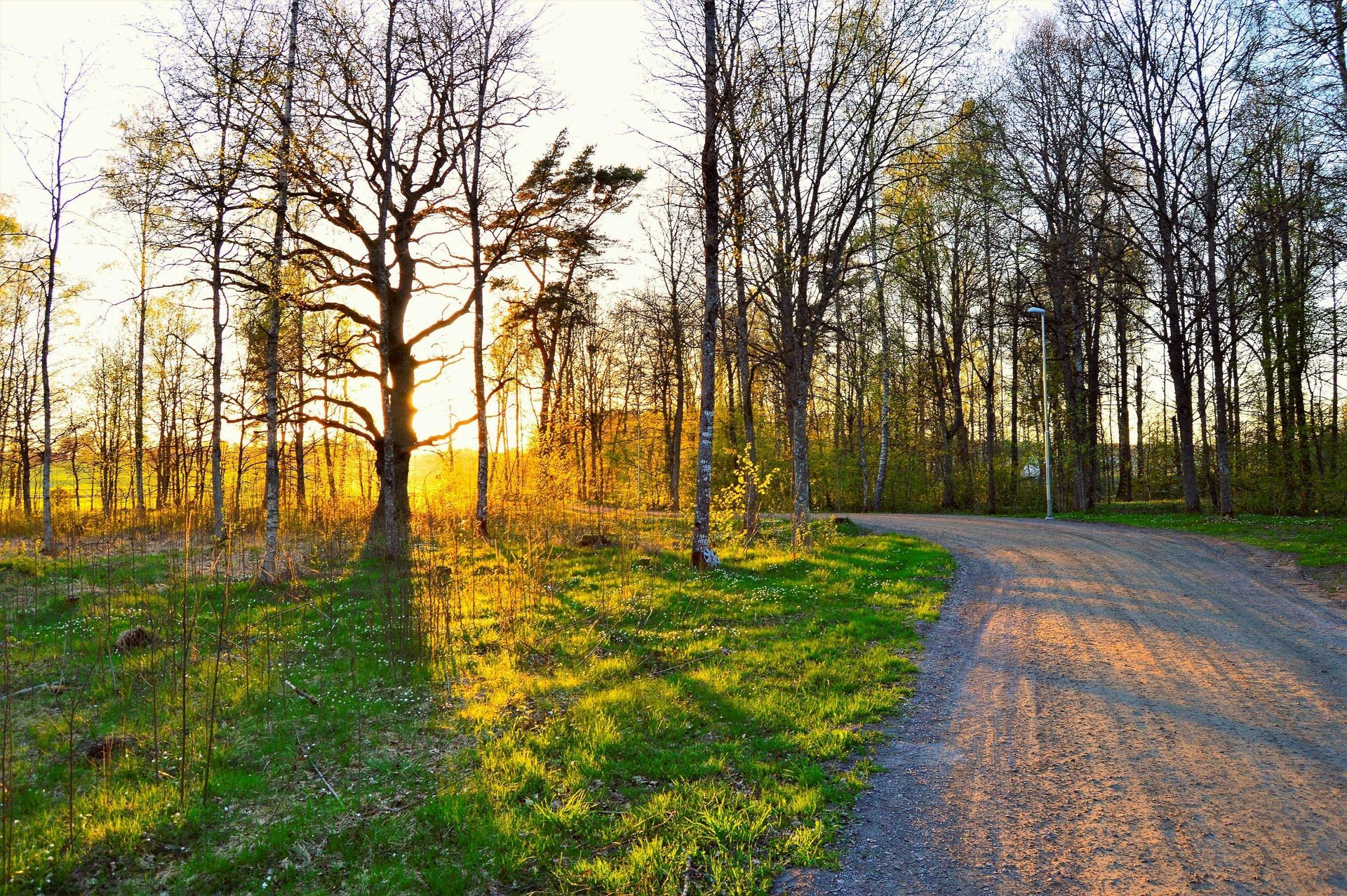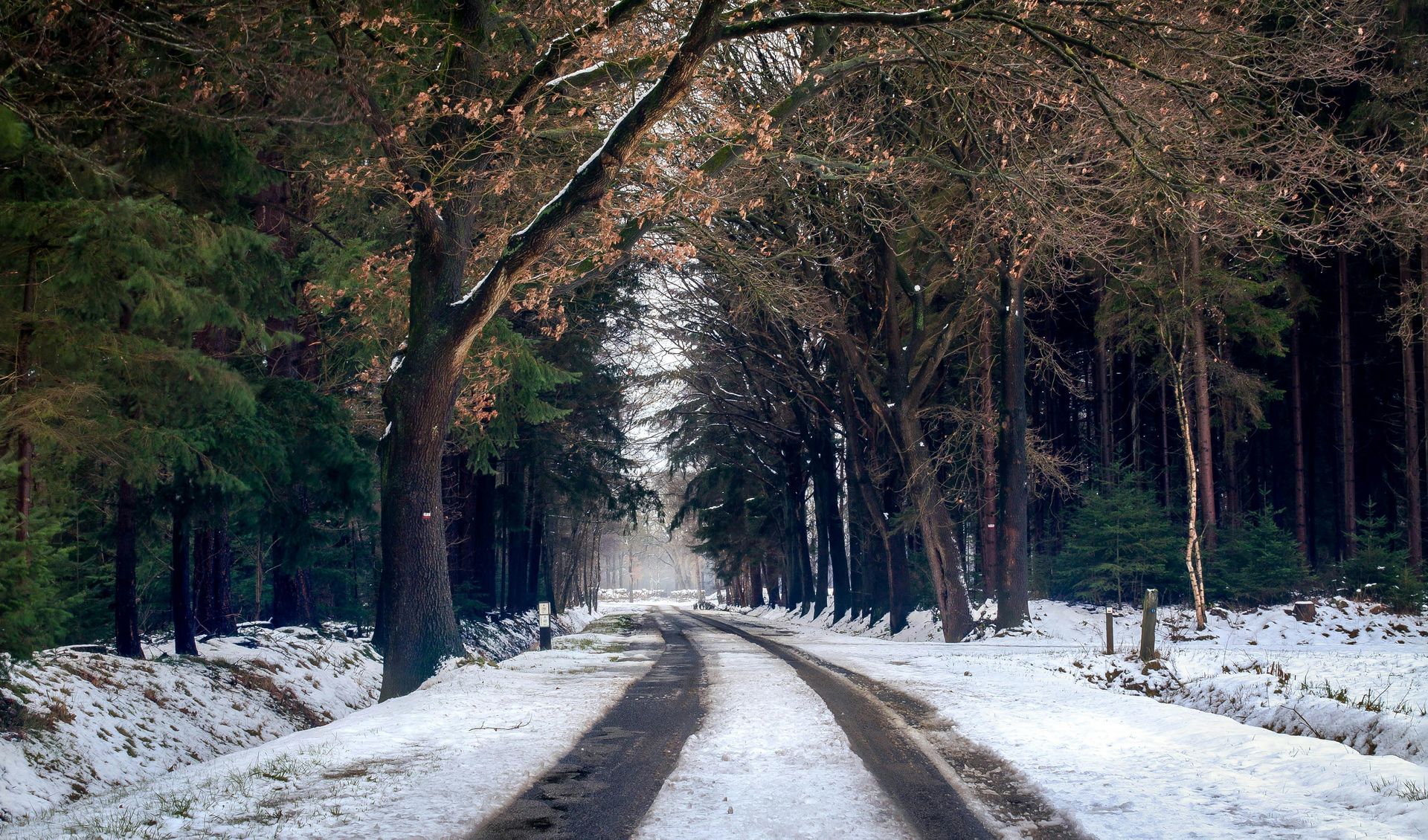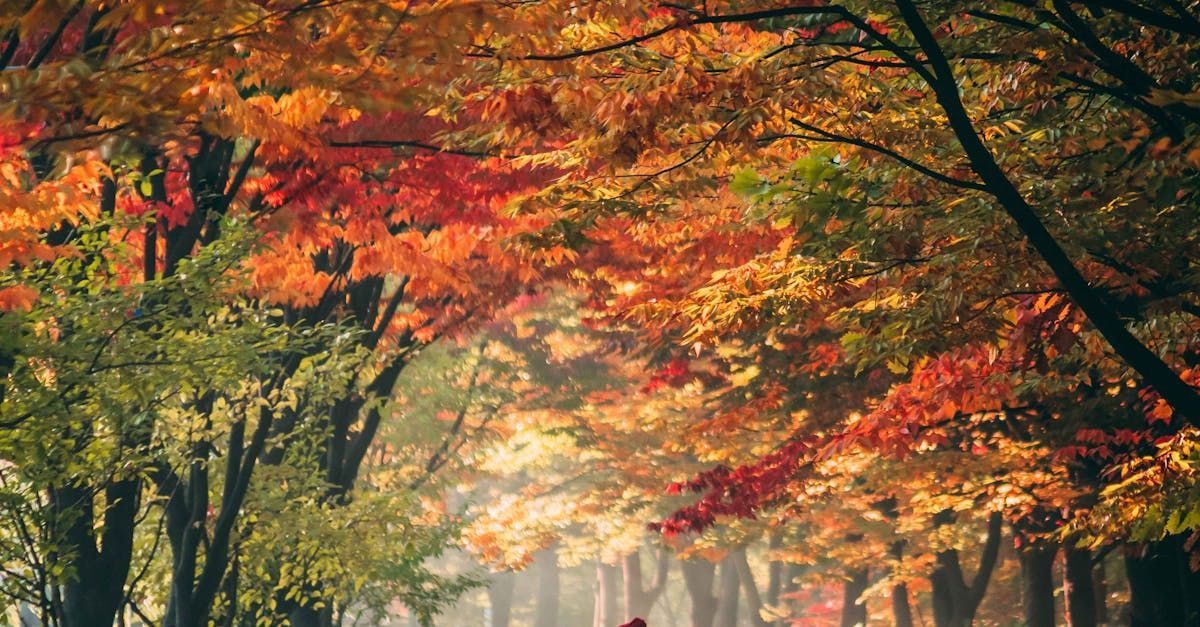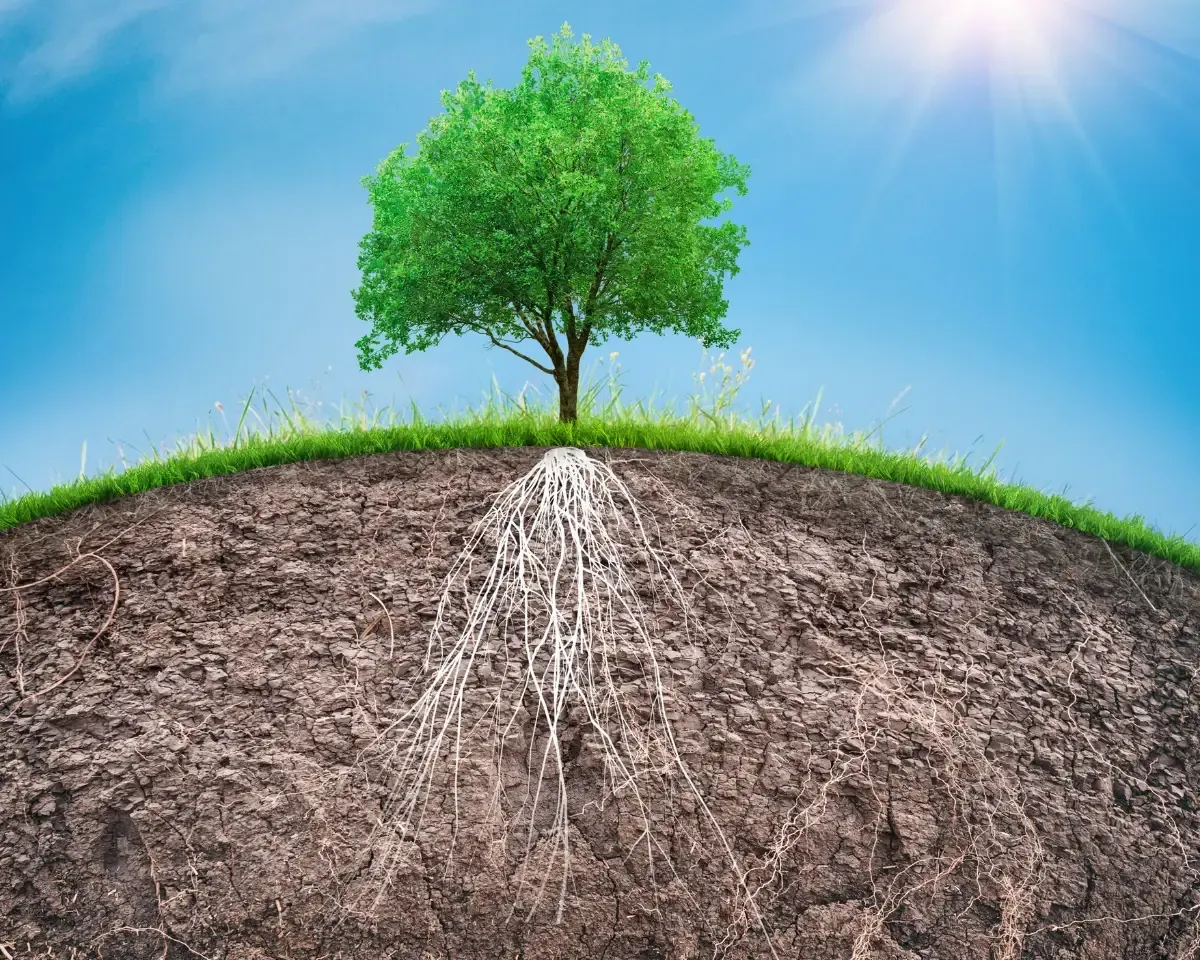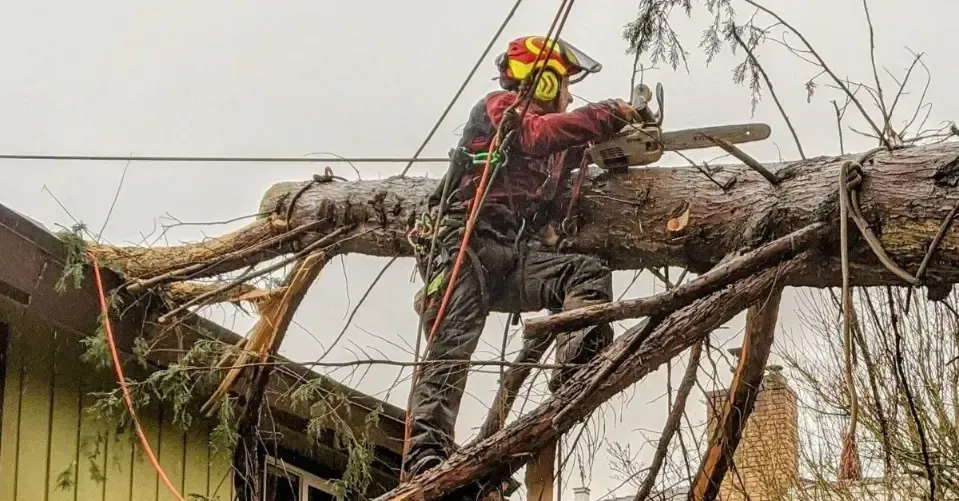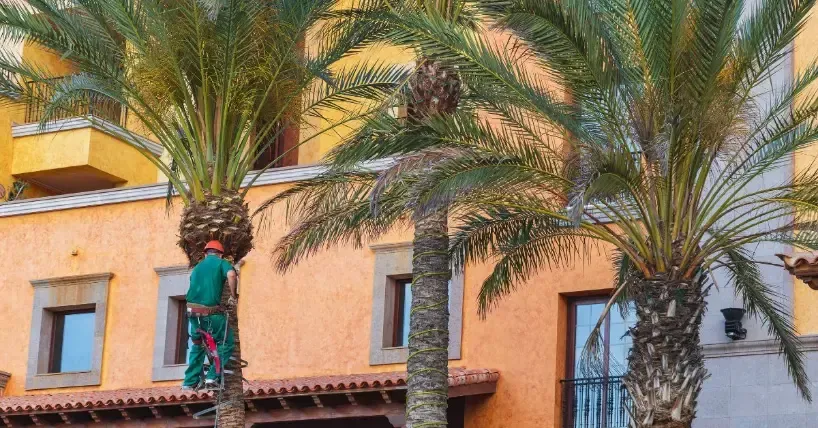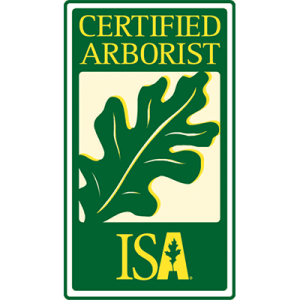By Eric Ledford
•
February 1, 2025
Winter is the perfect time for essential tree maintenance. Dormant trees are easier to assess and prune, and proactive care during the off-season can prevent damage from storms and ensure a vibrant landscape come spring. Whether you’re managing storm-related issues, pruning for health and productivity, or preparing for the growing season, this guide will help you keep your trees in peak condition. 1. Emergency Tree Services for Winter Storms Winter storms in Seattle often bring heavy rain, wind, and snow, leading to tree damage such as broken branches, uprooted trunks, or fallen limbs. Addressing these issues promptly is crucial to preventing further risks. Post-Storm Inspections: Look for hazardous conditions like cracks, hanging branches, or leaning trees. Hazard Tree Removal: Remove trees that pose an immediate risk to your home, power lines, or roadways. Storm Damage Prevention: Prune overextended or weakened branches before storms hit to minimize hazards. At Sound Tree Care, we specialize in emergency tree services, including hazard tree removal and post-storm cleanup, ensuring your property is safe and secure. 2. Prune Trees in Winter for Health and Productivity Winter pruning is an essential task for maintaining tree health and safety. Without leaves, it’s easier to see a tree’s structure and address potential problems. Structural Pruning: Remove dead, diseased, or damaged branches to reduce risk and encourage strong growth. Aesthetic Pruning: Shape trees for improved appearance and safety. Special Focus on Fruit and Nut Trees Orchard Pruning : Prune apple, cherry, and pear trees to enhance fruit production by increasing air circulation and sunlight exposure. Nut Tree Care: Winter pruning of walnut and pecan trees prevents sap loss during the growing season and promotes healthier growth. Our ISA Certified Arborists offer expert orchard pruning and maintenance to maximize your trees’ productivity and longevity. 3. Tree Risk Assessment : Prioritize Safety and Longevity Winter is an ideal time to evaluate tree health and assess risks, especially in urban environments like Seattle. A thorough tree risk assessment includes: Inspecting for cracks, decay, or weakened roots. Evaluating the likelihood of branch or whole tree failure. Identifying potential hazards to nearby homes, vehicles, and pedestrians. Sound Tree Care’s certified arborists provide comprehensive evaluations to ensure your trees are safe and your property protected. 4. Seattle Tree Care : Preparing for Spring Growth Seattle’s mild winters make it possible to prepare your landscape for a vibrant spring. Key steps include: Fertilizing: Use a slow-release fertilizer to replenish nutrients. Mulching: Protect roots with a 2–4 inch layer of mulch to insulate and retain moisture. Pest Control: Address overwintering pests like Bronze Birch Borer or Wooly Adelgid to prevent spring infestations. Sound Tree Care’s local expertise in Seattle tree care ensures your trees thrive in the Pacific Northwest’s unique climate. Why Choose Sound Tree Care? At Sound Tree Care, we’re committed to providing exceptional tree care services tailored to Seattle’s unique environment. From emergency tree services and orchard pruning to comprehensive tree risk assessments, our ISA Certified Arborists deliver expert solutions to keep your trees healthy and safe. Contact Sound Tree Care Today Need expert winter pruning or help managing your trees this season? Call 206-486-7790 or use our convenient online form to schedule your service. Whether you need emergency tree removal, orchard pruning, or a professional tree risk assessment, our ISA Certified Arborists are here to help! Visit www.soundtreecarellc.com to get started.
